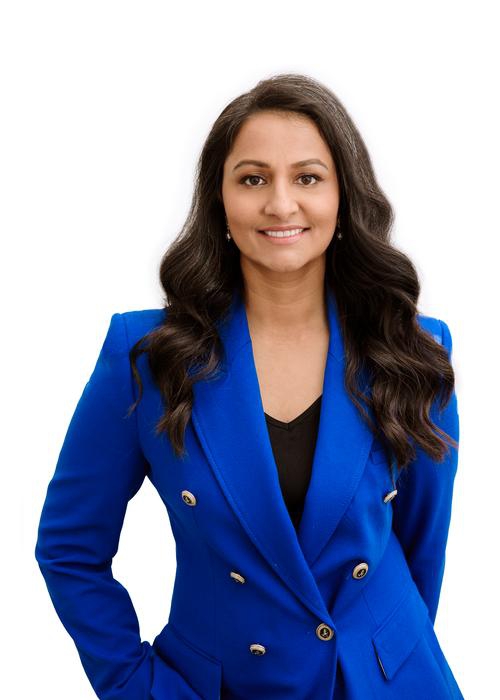Dislocated Shoulder
A dislocation occurs when the humerus (upper arm bone) pops out of the socket formed by the scapula (shoulder blade). The arm bone can dislocate forward, backward, or downward, completely or partially tearing ligaments in the process. It's an intensely painful injury that may require reduction (repositioning of the bone) in the ER. Once dislocated, the shoulder joint tends to be unstable and prone to repeat dislocations.
Fractured Clavicle
The clavicle, or collarbone, extends from the top of the breastbone to the shoulder blade. It's a thin bone that's vulnerable to breaking under traumatic stress—like slamming into a steering wheel or bracing against the dashboard. A fractured clavicle causes sharp pain over the collarbone, swelling, and difficulty moving the arm. Treatment depends on the severity but may involve wearing a sling, physical therapy, or surgery to realign the broken portions with pins or plates.
Fractured Humerus
A humerus fracture is a break in the long upper arm bone that extends from the shoulder to the elbow. It commonly happens in a car crash when the arm is stretched out to brace against impact or from striking the car door. Symptoms include swelling, bruising, intense pain, and an inability to lift the arm. As with clavicle fractures, treatment ranges from immobilization to surgical repair.
Fractured Scapula
The scapula, or shoulder blade, is a large triangular bone at the back of the shoulder. Scapula fractures are rare because the bone is shielded by the chest and back muscles. When they do occur from high-trauma events like car accidents, it usually means extensive damage to surrounding tissues as well. Crushing pain, swelling, bruising, and trouble moving the arm are signs of a scapula fracture. Depending on the break, treatment may require a sling or surgical reconstruction.
Torn Labrum
The labrum is the cup-shaped rim of cartilage that lines and reinforces the shoulder socket, cushioning the joint. Trauma from a car accident can tear this soft tissue, leading to pain, catching sensations in the shoulder, reduced range of motion, and joint instability. Labrum tears often occur along with other injuries like rotator cuff tears or dislocations. Surgical repair may be necessary, followed by physical therapy.
Proving Liability for a Shoulder Injury
Washington is a fault state for car accidents. That means the at-fault driver is responsible for the damages they cause, including injuries. However, insurance companies often try to avoid paying out full and fair settlements. They may:
- Argue that you were partially or wholly at fault for the crash
- Claim your shoulder injury was preexisting and not caused by the accident
- Pressure you to accept a lowball settlement before you know the full extent of your damages
When you hire Kode Law to handle your claim, every aspect of your case will be thoroughly investigated. Preet and her team will gather evidence like the police report, witness statements, photos and video of the scene, and your medical records to build a strong case demonstrating the other driver's fault.
Valuing Your Car Accident Shoulder Injury Claim
Damages you may be entitled to after suffering a shoulder injury in a Seattle car accident include:
- Past, current, and future medical expenses
- Lost wages and reduced future earning capacity if you can't return to your previous job
- Pain and suffering
- Disability and disfigurement
- Mental anguish
- Loss of enjoyment of life and activities
Shoulder injuries can have far-reaching physical, emotional, and financial repercussions. Your lawyer's job is to uncover all your losses and fight for maximum compensation through aggressive negotiation and litigation if needed.
At Kode Law, we have a proven track record of helping Seattle residents like you obtain the compensation they deserve. We encourage you to review our case results and testimonials to see how our experience and commitment can make a difference in your personal injury claim.


